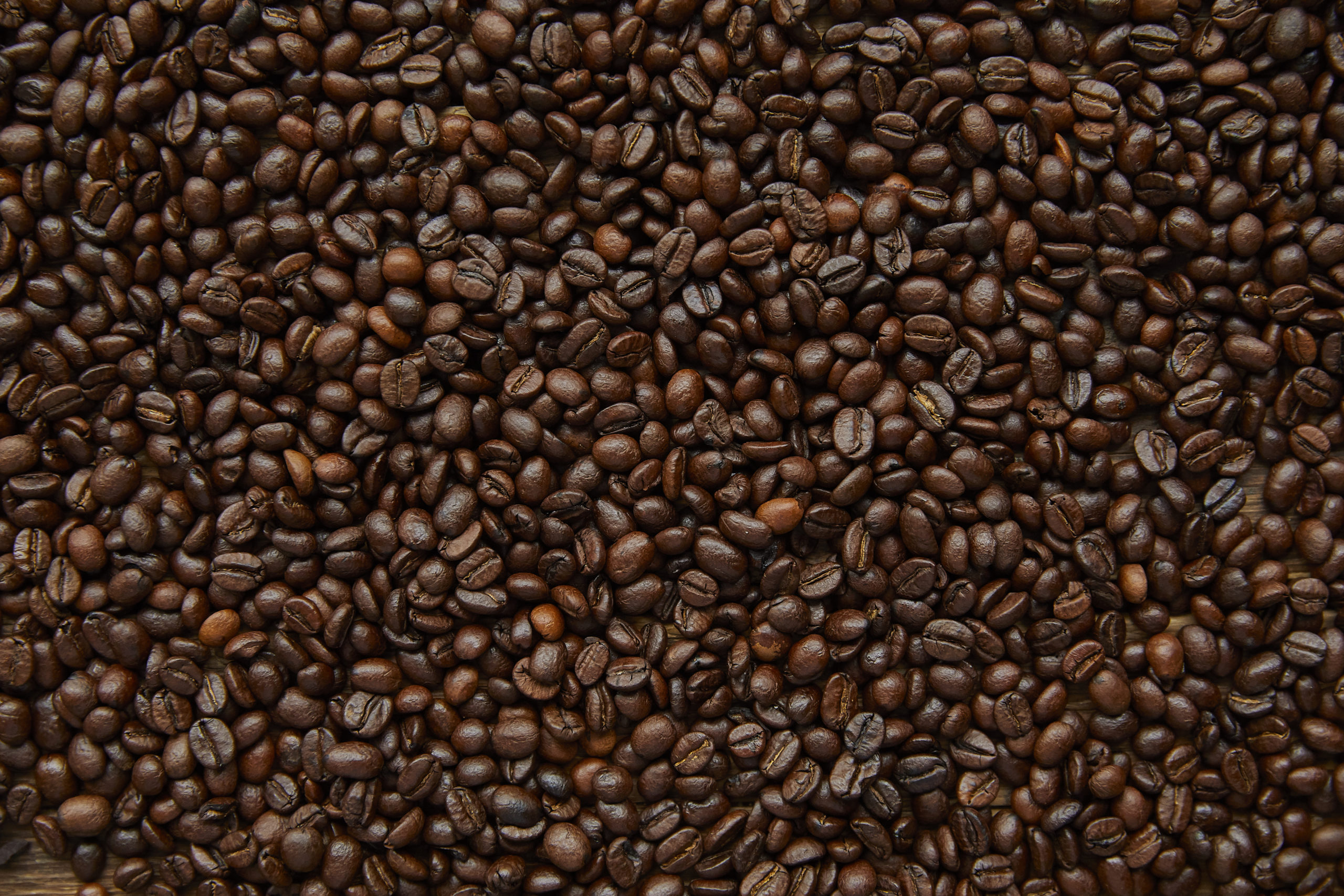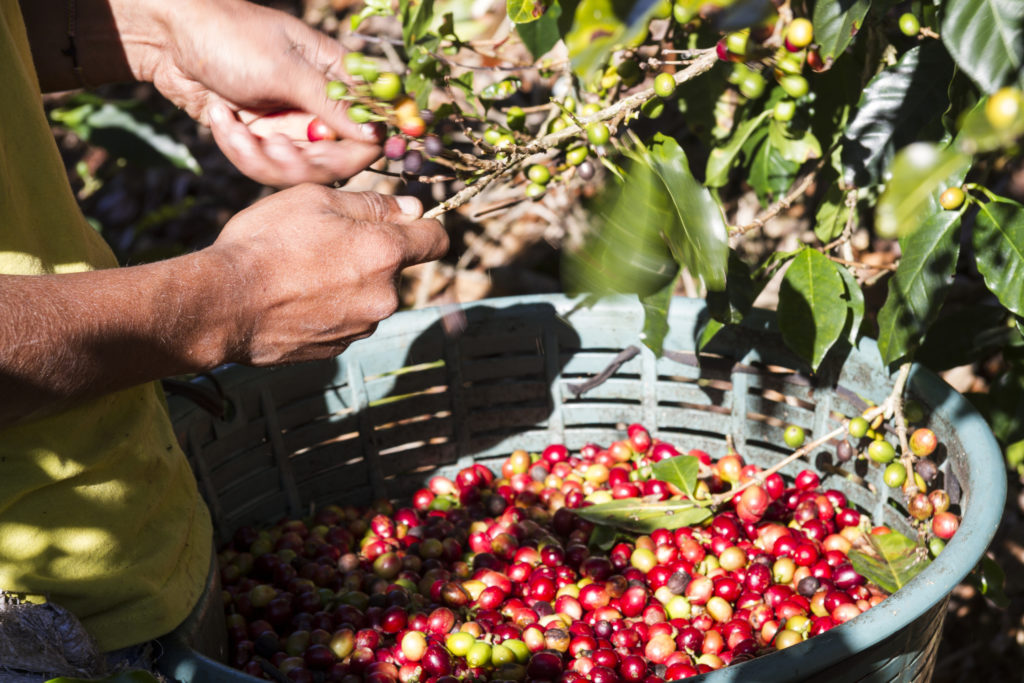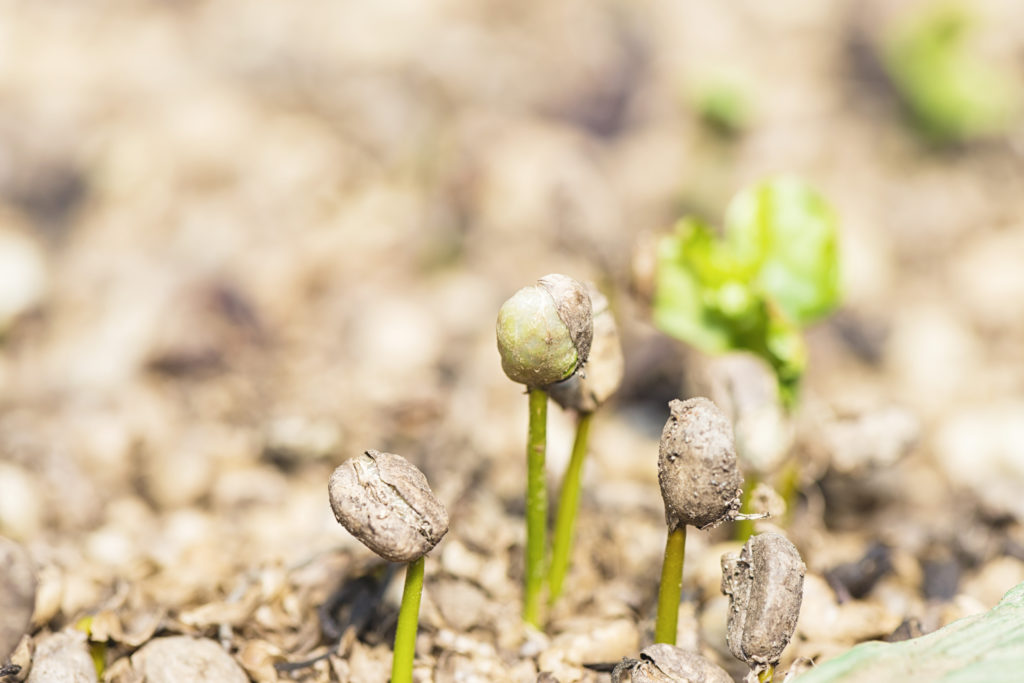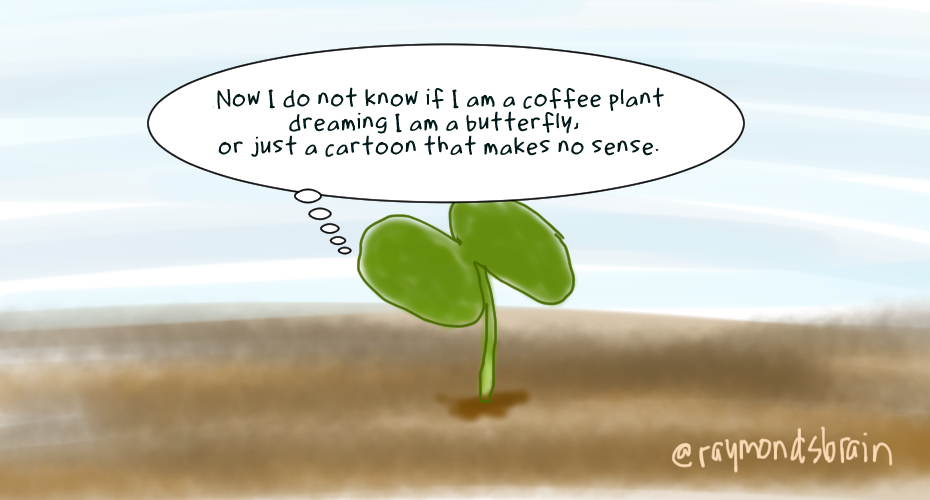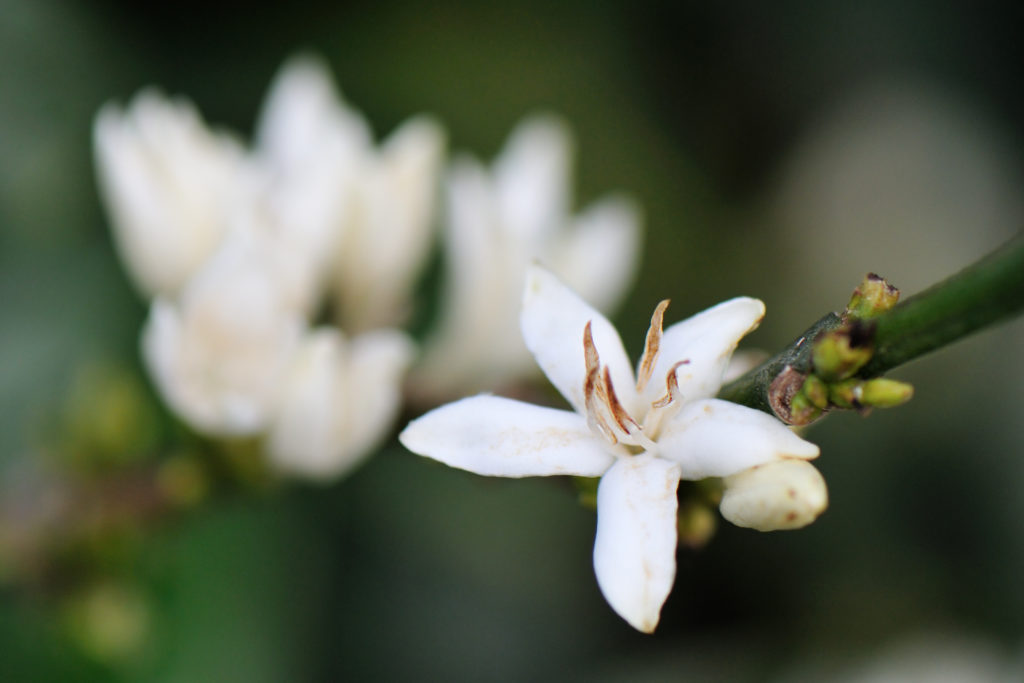On a recent family vacation to Costa Rica, I went on a tour of a coffee plantation, that made me wonder how coffee grows.
Like most plantations in Costa Rica, this place only grows Coffea arabica, the most popular species of coffee, commonly just called Arabica. It originated in Ethiopia but is now grown in places like Costa Rica that fall within the Bean Belt, the sunny region straddling the equator from the Tropic of Cancer to the Tropic of Capricorn. In addition, Arabica coffee grows better at higher altitudes, between 610 and 1829 m above sea level in rich, well-drained soil, at temperatures between 16 and 24 C with a rainfall of 152 cm. The place we visited in the Central Valley of Costa Rica, seemed to meet most of those criteria. Starbucks has also opened a coffee research facility in Costa Rica, though according to our guide, local growers are not all thrilled with the development. The coffee industry is a large and contentious subject. For this post, I’ll stick to the details of coffee growing at the organic, fair trade coffee cooperative we visited. Other standards and methods for coffee growing exist, from more destructive approaches to the more environmentally rigorous Bird Friendly coffee standards the Smithsonian Institution has developed.
Europeans first introduced coffee to Costa Rica in the late 1700s. By the mid-1800s, the economic benefits of coffee led it being called, “el grano del oro,” the gold bean (not to be confused with a blonde roast).
Although this is kind of a chicken and egg issue, let us begin with the fruit of the coffee plant, which starts off green. As they ripen, they become red like cherries, which is what they are called. They begin to darken as they become overripe. The fruit forms in clusters, containing fruits of varying degrees of ripeness, which is why human labour is required to pick the suitable ripe ones. The slopes also make it difficult to operate machinery on them. They harvest cherries from October to March.
